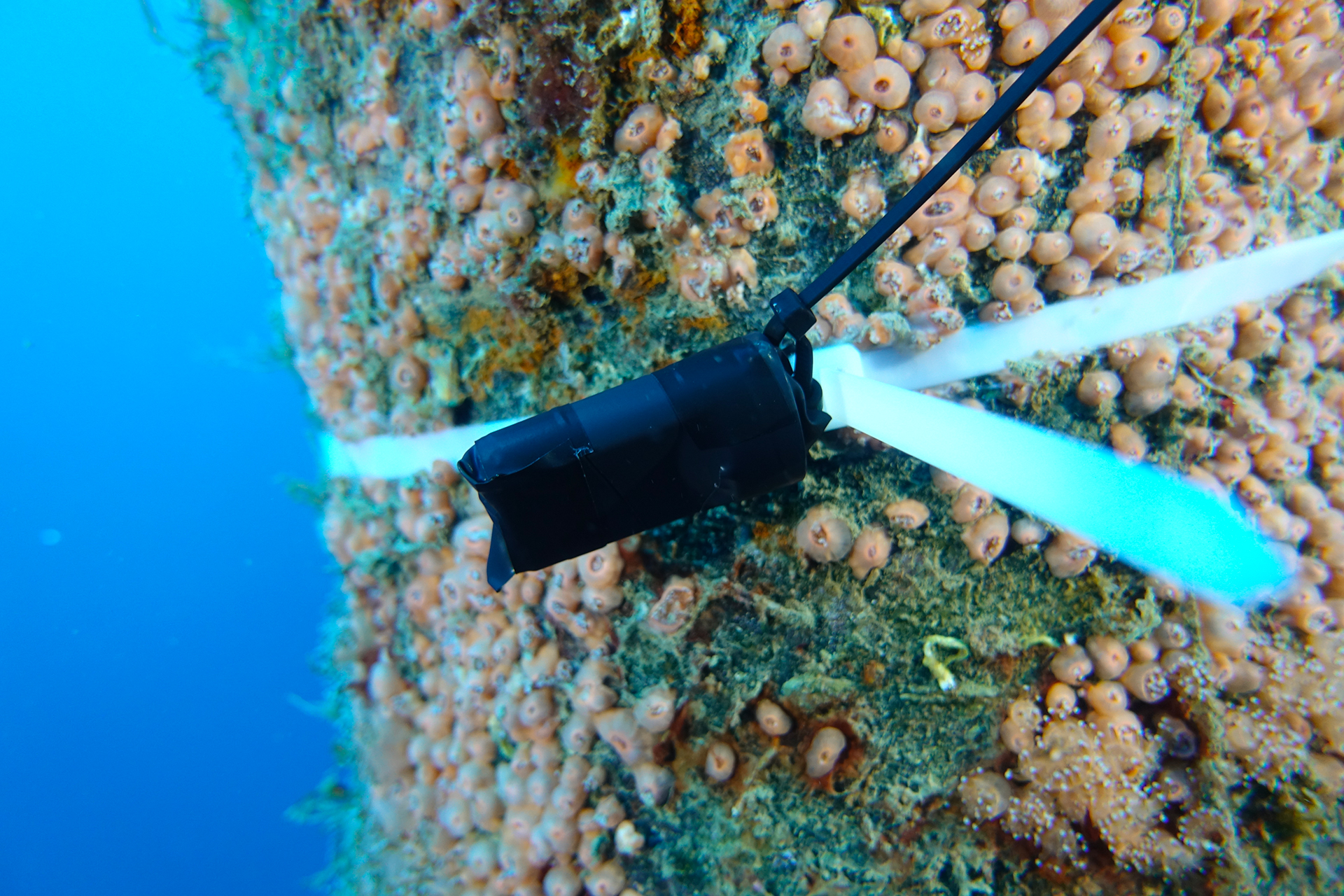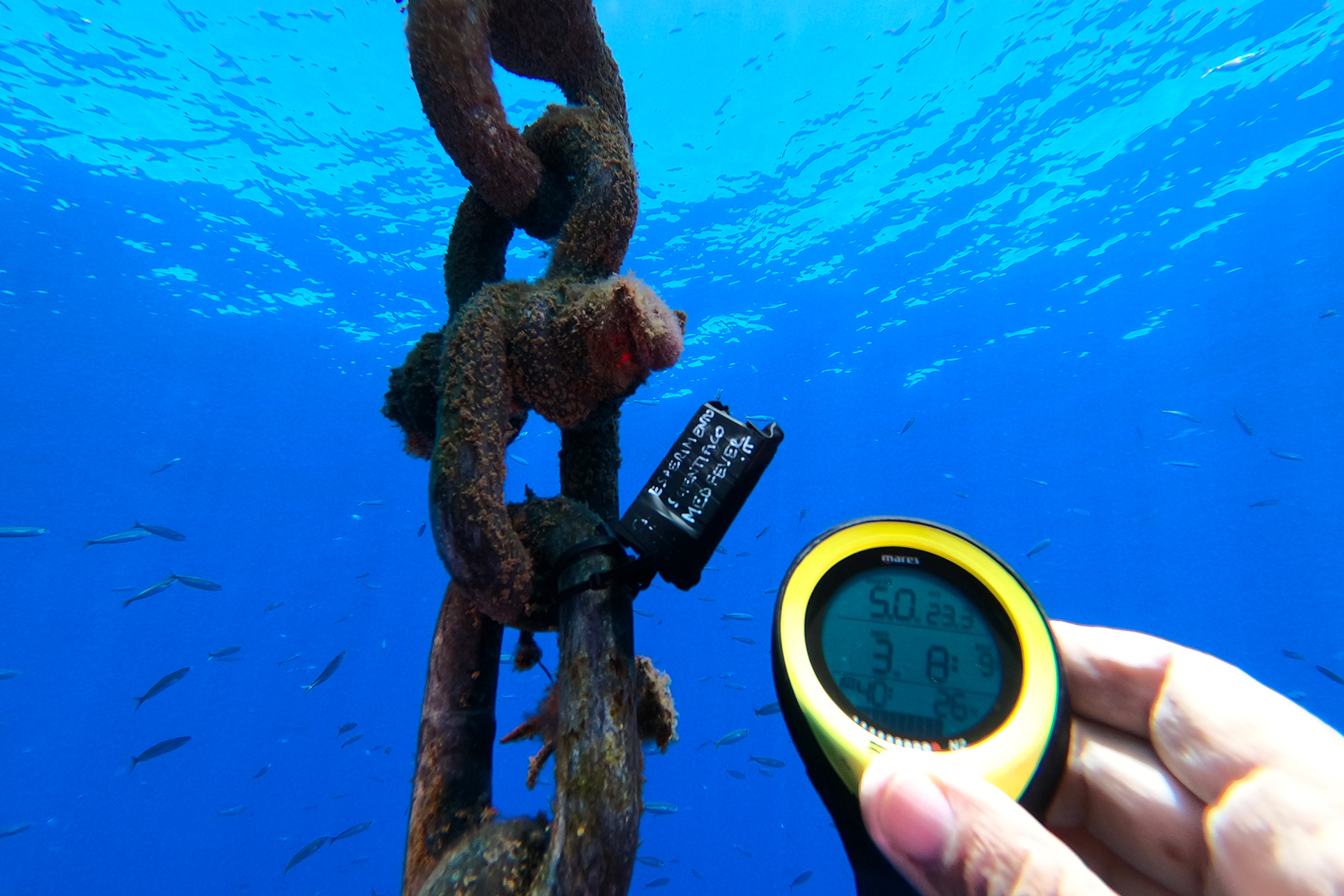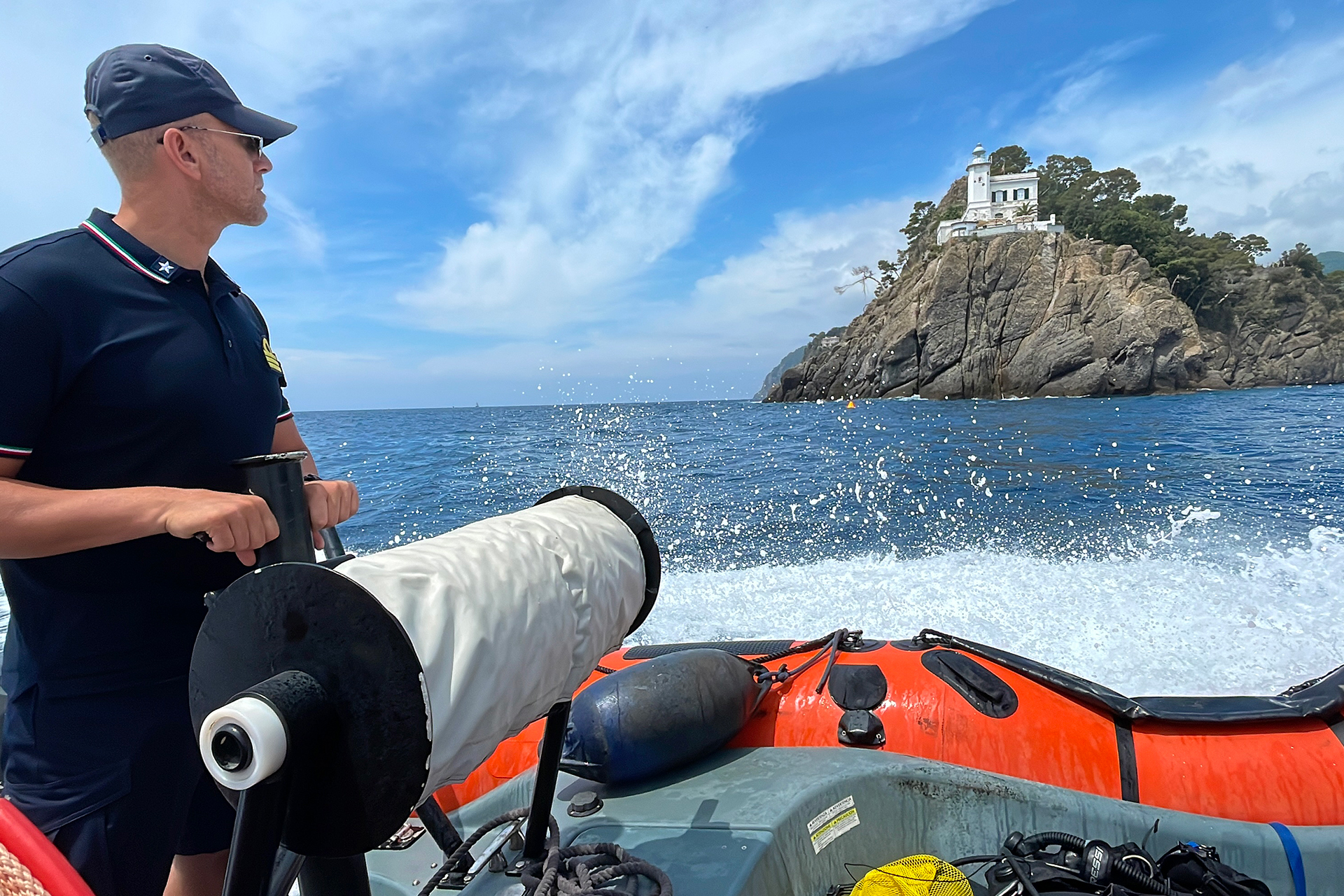Italian National Agency for New Technologies, Energy and Sustainable Economic Development

Environment: Warming Mediterranean, hottest winter over the last 40 years
The Mediterranean Sea is getting warmer. In the winter just ended the average temperature of the Gulf of Naples[1] recorded for the first time an increase of around 1°C compared to the average of the last 7 years, reaching 15.5°C. Rising sea surface temperatures were confirmed in almost all Italian seas, particularly in the Adriatic, with values one degree higher compared to the 2020-2022 average. These data, collected as part of the MedFever project - comprising ENEA, MedSharks association, Lush company, Sapienza University of Rome, the OGS, Coast Guard and a group of volunteer divers – were confirmed by the ENEA MITO forecasting system on marine circulation of the Mediterranean.
In order to observe the temperature of the Tyrrhenian Sea and monitor the impact of climate change on the marine ecosystem and coastal dynamics, MedFever researchers and a team of sentinel divers created an actual network of a hundred thermometer sensors, positioned up to 50 meters deep, both offshore and below the coast, in 15 observation points in the Tyrrhenian Sea: Giglio Island (Tuscany), Nettuno (Lazio), Capri, Palinuro and Vico Equense (Campania), Reggio Calabria and Scilla (Calabria); Capo Peloro and Porticello (Sicily), Capo Figari, Mortoriotto and Santa Teresa di Gallura (Sardinia). Three stations coordinated by the underwater units of the Coast Guard have recently been added, off the coast of Portofino (Liguria), along the Amalfi Coast (Campania) and in the Gulf of Cagliari.
“MedFever observations are extremely important since they 'look' not only at the surface of the sea but also at what happens at the bottom of coastal areas,” pointed out Eleonora de Sabata at MedSharks, coordinator of the project. “In this context that we could define as an emergency,” she said “the support of the diving centers is fundamental both for the management of the network of measures, crucial for the project, but above all for the daily observation of the state of health of the marine ecosystem. The contribution of every individual, from the scientific community to citizens passionate about the sea, is essential to monitor and protect our precious water resources”.
The MedFever temperature detection sensor network was calibrated at the ENEA Research Center in Santa Teresa (La Spezia). Furthermore, ENEA has also implemented the MITO Mediterranean circulation model, developed and managed by the Climate and Impact Modeling Laboratory, capable of providing forecasts on temperature, salinity and speed of sea currents with spatial detail down to a few hundred meters.
Specifically, the trend is even worse: in the last forty years the average temperatures of the seabed of the Gulf of Naples have increased by approximately 1.5° (from 14 to 15.5° C), if the increase of one degree recorded by MedFever is combined with the comparison with the historical data of the Anton Dohrn Zoological Station[2]. Also in this case the data is confirmed by MITO both for the surface and the speed with which the heat transfers to the seabed, especially in coastal areas. The comparison with the data ENEA forecasting system data made it possible to detect that especially in the winter months, due to the winds blowing on the sea surface, vertical mixing processes are triggered, which heat the entire column of water below, with consequent increased risks to ecosystems. In particular, the MITO system detects anomalies of approximately + 0.5 °C at a depth of 100 meters in the Gulf of Naples, in agreement with data from the MedFever sensors, and peaks of approximately + 1 °C in the Tyrrhenian Sea and the Sicily and central Ionian Sea.
“These data confirm the alarm on air and sea temperatures launched by the EU Copernicus Service, which found that, after February and March 2024, also April was the warmest ever recorded in the world”, pointed Ernesto Napolitano at the ENEA Climate Modeling Laboratory. “Also the global average sea surface temperature followed the same trend, which in April was 21.04°C, the highest value ever recorded for this month, just below the 21.07°C in March 2024, the highest of any month in the data history, even higher than August 2023 (20.98°C). April was also the 13th month in a row in which the global sea surface temperature was the highest ever recorded for that month. These changes are not just numbers, they tell us that we are at an early stage of a broader process and that these phenomena will take place more and more frequently”, said Napolitano.



